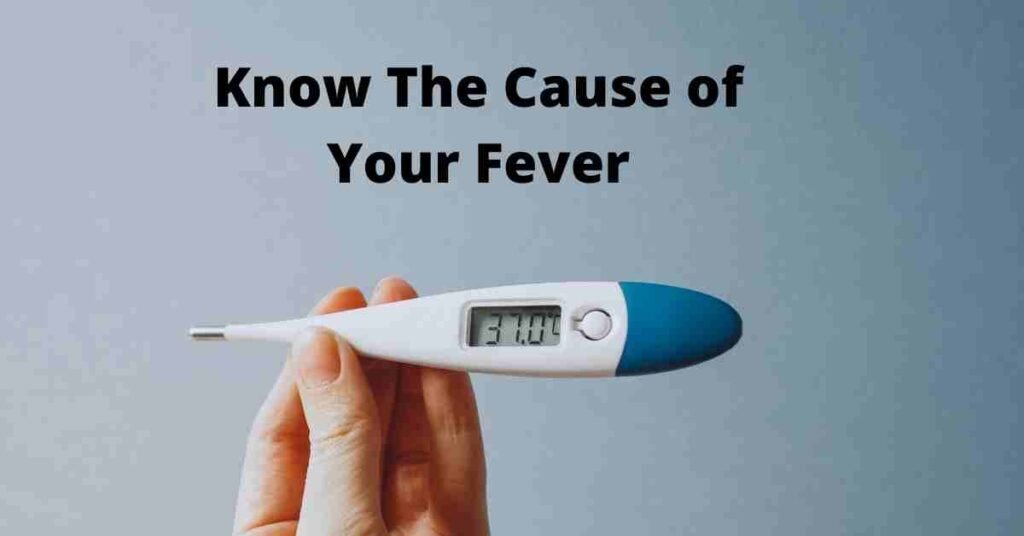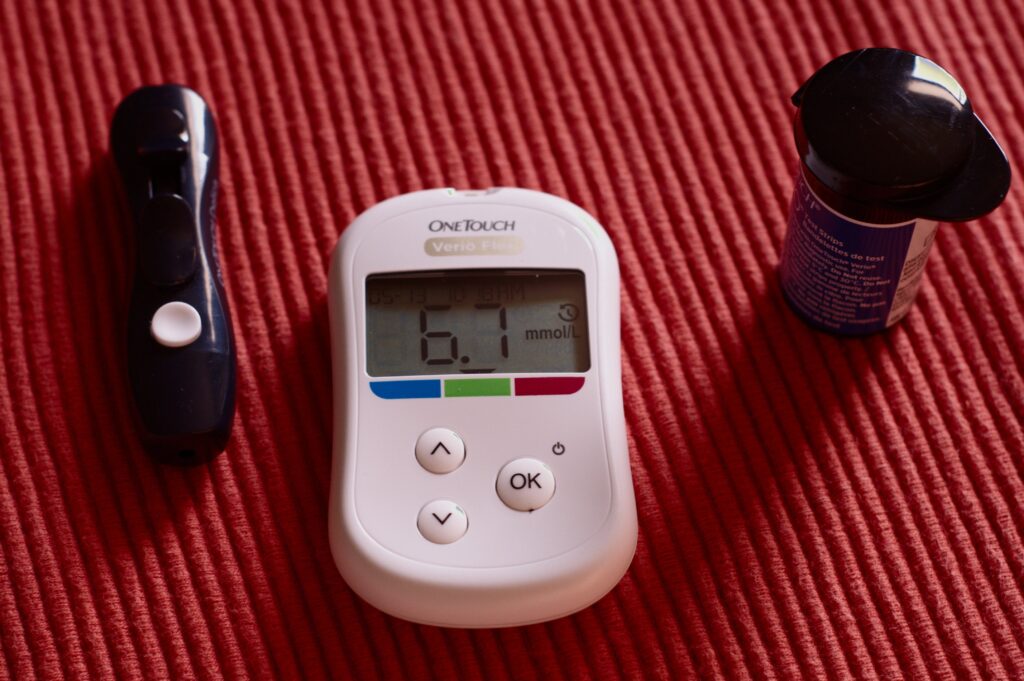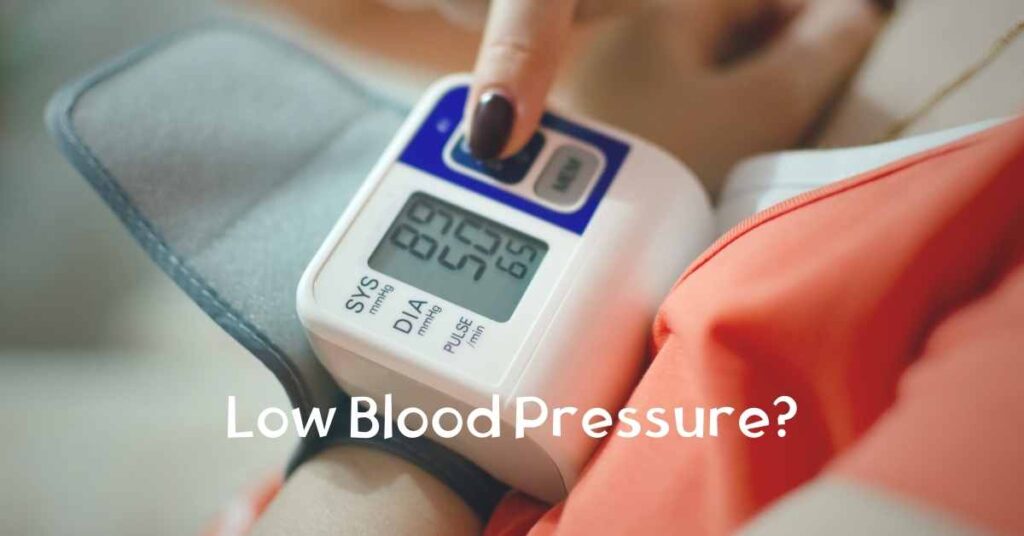Acute illnesses due to fever lasting less than 2 weeks usually have an infectious cause. So when fever lasts less than 14 days, there is high possibility that cause of the fever is due to infection.
These infections occur mainly where body surfaces interact with the outside environment, such as the upper and lower respiratory tracts, gastrointestinal (GI tract) and genitourinary (genital and urinary) systems, and skin.
It is important to note that the majority of acute respiratory and gastrointestinal infections are viral in nature, that is, caused by viruses. But as the duration of the febrile illness lengthens more than 3 weeks, other inflammatory illnesses become more prominent in the differential diagnosis.
So, most chronic febrile illnesses are not caused by infection. In simple words, fever that lasts more than 3 weeks are majority of the cases not caused by infection. There are various causes of fever. Lets check.
Infection and Fever Mechanism
Infection occurs when a microorganism overcomes our innate and adaptive humoral and cellular immune responses. Normal indigenous microflora (these are native microflora), host physical barriers (e.g., skin, mucous membranes, cilia), and soluble factors (e.g., cytokines, complement) provide important barricades so that microorganisms (virus, bacteria, fungi, etc.) cannot invade or enter inside the body.
Disruption of these barriers by invading microorganisms prompts the adaptive immunity of our body. Our adaptive immunity starts to play its role to prevent infection due to invading microorganisms. This adaptive immunity are mediated by lymphocytes and macrophages. This inflammatory response plays an important role in containing infection, but an exaggerated response may worsen the clinical condition.
A limited response of the adaptive immunity is good, but when exaggerated response of the adaptive immunity is present, additional issues within our body is seen. Many times, these additional issues become a concern. So it is seen that a neutrophil response causes the damage seen in septic arthritis, and an unchecked immune response precipitates the systemic inflammatory response syndrome.
Body temperature is regulated by both physiologically and behaviorally. Now you may ask, How does body temperature is regulated by physiologically and behaviorally? Lets have a look.
Basal metabolic processes are governed by thyroid hormones, catecholamines, and growth hormone. All these hormones are responsible for the normal resting body temperature.
Thermogenesis (production of heat) may be increased up to 80% by hyperthyroidism (overactive thyroid) and decreased as much as 50% by hypothyroidism (underactive thyroid). Moderate activity results in a transiently increased temperature until heat-dissipating processes (heat loss process) are engaged.
It is seen that each 1° F increase in temperature results in a 7% increase in the basal metabolic rate.
Vaporization from the lungs and skin accounts for a third of basal body heat loss and for as much as all heat loss at ambient dry temperatures above 36° C.
The elderly have a decrease in basal metabolism as well as blunted responses to thermogenic stimuli (stimuli that causes heat production), but they have the same average core temperature as young people.
How body manage the abnormal body temperature
The hypothalamus contains temperature-sensitive neurons whose receptors for pro-inflammatory and anti-inflammatory cytokines maintain a homeothermic set point.
Elevated body temperature causes cutaneous vasodilation (dilation of the blood vessels) and sweating, and people may reduce activity and seek a cooler environment. All these usually result in decrease of body temperature.
In contrast, low body temperature prompts shivering, piloerection, cutaneous vasoconstriction (constriction of blood vessels), adding clothes, and seeking a warmer environment. All these activity usually result in increase of body temperature.
Fever Symptoms
Symptoms caused by fever may be due to the underlying disease or to the fever itself. Malaise is the rule, and many febrile patients experience myalgia (pain in muscle) secondary to the muscle contractions used to generate fever. Although it was once thought that the back and thigh pain related to rigors suggests bacteremia, any febrile stimulus can produce such symptoms. The chill associated with rigors may be related to the surface vasoconstriction that accompanies the increase in core temperature. So the symptoms of fever are the following
- Malaise
- Muscle pain
- Chills, Rigors
- Fatigue
- Headache
Fever Causes
Fevers are usually due to invasive visceral disease, such as community acquired pneumonia or pyelonephritis, but may be caused by cytomegalovirus.
Common viral respiratory and gastroenteric infections as well as some cases of subacute bacterial endocarditis are accompanied by temperatures below 102° F.
Moreover, many infections may not be associated with fever, (e.g., Lyme disease, osteomyelitis, and most sexually transmitted diseases).It is important to note that certain infections, such as sexually transmitted diseases including syphilis or herpes zoster, occur normally in immunocompetent (those who have strong immunity) person and may signal a higher risk for infection with human immunodeficiency virus (HIV) or an already established immunodeficiency.
Fever in hospitalized patient
Fever and leukocytosis are the main clinical parameters for evaluating potential infections in hospitalized patients. However, about 10% of nosocomial bacteremias occur without fever, and health care–associated infections occur without fever in patients who are elderly or have significant co morbid conditions.
Most cases of hospital-associated fever represent nosocomial infection, which typically involves the lower respiratory tract, urinary tract, or surgical wounds. Some important causes of nosocomial fever may not show easily discernible localizing symptoms or signs.
Antibiotic induced colitis secondary to Clostridium difficile is increasing and may be characterized by little or no diarrhea. It is the most common cause of a leukemoid reaction in hospitalized patients.
Other intra abdominal (inside the abdomen) processes involving the hepatobiliary (liver and billiary tract) system, bowel infarction, viscus perforation, or abscesses may have little in the way of localizing symptoms or signs.
Fever and infection are more frequent in severely ill co morbid patients in the intensive care unit (ICU) than elsewhere. Infection was recently found to be present in more than 80% of febrile ICU patients, although both infectious and noninfectious causes of fever may coexist.
Both ischemia and devitalization of tissue (tissue becomes dead) provoke an inflammatory response similar to that prompted by infection.
About half of patients with acute myocardial infarction, deep vein thrombosis, or pulmonary embolism have a temperature between 38.0° and 38.5° C within 2 to 3 days after diagnosis.
A third or more of patients with stroke demonstrate fever, which is also a common consequence of subarachnoid or intracerebral hemorrhage (hemorrhage in brain) and subdural hematoma, especially within 72 hours of onset.
Fever and chills may be seen in up to a quarter of patients receiving platelet transfusions, although the frequency of occurrence of fever is much less with other blood products.
Selected Causes of Hospital-Associated Fever
Common Causes are
Infectious– Clostridium difficile enterocolitis, Pneumonia, Surgical wound, Urinary tract, Vascular catheter
Noninfectious- Drug-induced fever, Hematoma, Immediate postoperative state, Transfusion reaction, Venous thromboembolism
Less Common causes are
Infectious – Biliary tract disease, Endometritis, Intra-abdominal abscess, Mediastinitis, Sinusitis
Noninfectious- Adrenal insufficiency, Gout, Myocardial infarction, Organ infarction, Pancreatitis
Fever and Rash Involving the Palms and Soles
When fever is associated with rash in the palm and soles then the common causes are the following
- Erythema multiforme
- Hand-foot-and-mouth disease
- Neisseria infection
- Rocky Mountain spotted fever
- Streptobacillus moniliformis infection
- Subacute bacterial endocarditis
- Syphilis (secondary)
- Toxic shock syndrome
- Varicella-zoster infection
Fever and Lymphadenopathy Common Causes
When the fever is associated with enlargement of lymph nodes, then the common causes are the following
When the enlargement of lymph node is regional, the common causes are
Cervical Lymph node enlargement
- Streptococci
- Tuberculosis
- Viral Upper respiratory tract infection
Peripheral Lymph node enlargement
- Bartonella henselae
- Herpesviruses
- Lymphoma
- Metastatic cancer
- Sporotrichosis
- Streptococci
Inguinal Lymph node enlargement
- Chancroid
- Herpes
- Lymphogranuloma venereum
- Syphilis (primary)
Generalized enlargement of lymph node causes are
- Cytomegalovirus
- Epstein-Barr virus
- HIV
- Lymphoma
- Sarcoidosis
- Syphilis (secondary)
- Toxoplasmosis
- Viral hepatitis
Fever and Jaundice Common Infectious Causes
When fever and jaundice is present simultaneously then the common causes are the following
- Bacterial sepsis
- Cholangitis
- Hepatic abscess
- Leptospirosis
- Malaria
- Viral hepatitis
- Yellow fever





